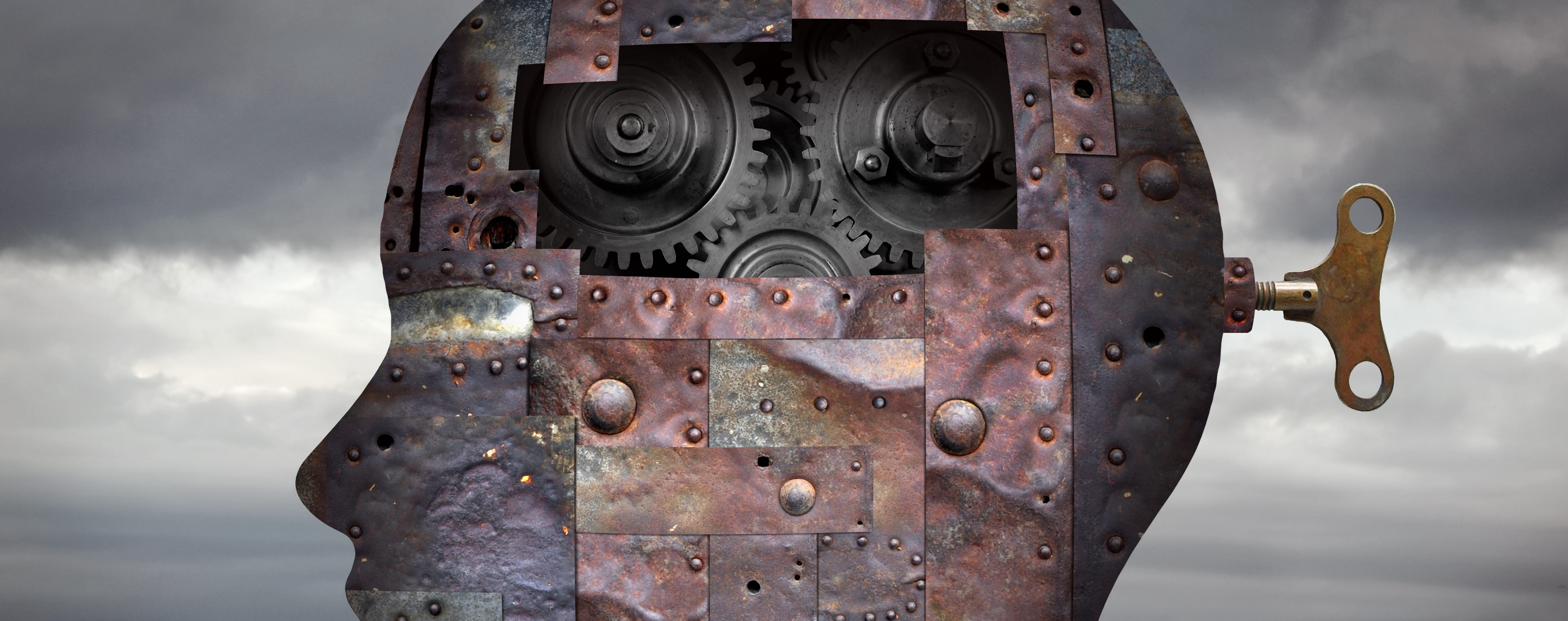[et_pb_section fb_built=”1″ admin_label=”section” _builder_version=”3.0.47″][et_pb_row admin_label=”row” _builder_version=”3.0.48″ background_size=”initial” background_position=”top_left” background_repeat=”repeat”][et_pb_column type=”4_4″ _builder_version=”3.0.47″ parallax=”off” parallax_method=”on”][et_pb_text admin_label=”Text” _builder_version=”3.0.74″ background_size=”initial” background_position=”top_left” background_repeat=”repeat”]
We are all products of patterns we have created our entire lives, whether it’s done consciously or unconsciously. Nothing about us is because of chance. This can be good, as we may have developed patterns that work for us, such as a way we soothe a nervous horse or daily flossing. But they can also be bad, as we may have unwittingly developed patterns that are destructive or, at best, unproductive, like putting down a competitor or drinking too many sodas.
There are eight essential principles of NLP that hold true for everyone – no matter who you are, how much money you have, how much you weigh, or how long you’ve been riding or training. To recap, here are the Essential Eight:
- There is no such thing as failure in NLP; there is only feedback
- Everything that happens is neutral
- The meaning of a communication is the response you get
- The map is not the territory
- You cannot not communicate
- What you think is what you get
- You don’t know what you don’t know
- If one person can learn to do something, so can you
By recognizing the truth in these Essential Eight principles, we are able to begin to shift how we see the world, and start making adjustments in how we communicate. But how can you use this to take your training business, your students’ performance, and your performance, to the next level?
NLP offers several techniques to produce and reproduce excellence. The ones I use the most in my practice are:
- Modeling
- Circle of Excellence
- Theatre of the Mind and
- Anchoring
You can use these four techniques to help yourself and your students. In this blog, we’ll talk about Modeling and the Circle of Excellence, and the other techniques, Theatre of the Mind and Anchoring, are topics we’ll explore in future blogs.
The theory of Modeling says that we can achieve excellence in anything by finding a place where it already exists and copying the traits and behaviors when excellence is present. In other words, copying success can lead to success.
This is a wonderful exercise for your students:
- Imagine someone riding with ease, poise, confidence. . . excellence. Keep that picture in your mind for a moment.
- Look at the person’s body position, from the tip of their feet to the top of their head. Memorize it. Put yourself in that position.
- What are you thinking about that allows you to be in that position? What are you feeling? How do your legs, your back, your shoulders, your arms, your hands feel? Memorize this feeling so you can mimic it.
These are the thoughts and feelings you want your students to develop. This is modeling, and it’s useful to you as the trainer as well.
Next, ask them what they ordinarily think about when they’re on their horse? What do they feel? What ordinarily occurs? While we’re at it, let’s think about you? Where is your mind when you are in the ring?
- Are you thinking about work? Your next lesson? Your next show?
- Are you thinking about the last conversation you had with your significant other?
- Are you thinking about how you are going to lose weight?
- Are you thinking about your financial situation, or a horse you want to purchase?
When you think about anything other than the peak performance you expect, don’t be surprised when your performance doesn’t measure up. What you think is what you get.
The Circle of Excellence is the people, images, sights and sounds, you surround yourself with that are indicative of excellence, and that exude excellence. As a trainer, you can do this mental exercise for yourself, as well as use it as a tool with your students.
Here’s how it works: Picture yourself in the middle of a circle, and then fill that circle with whatever has contributed to your excellence (trainer, parents, spouse, a horse, etc.) and whatever is proof of your excellence (ribbons, trophies, etc.). Accessing that mental image—and its corresponding confidence and self-esteem—recreates that excellence. The subconscious mind responds as if that circle is your reality.
It’s important to note that when NLP refers to excellence and what has caused it, it’s referring to what we can directly observe as the cause of excellence. This isn’t theorizing about what actions might have resulted in or contributed to a state of excellence. This is about cause and effect. What people, actions, places, and processes have contributed to your success? Visualize them and place them in your Circle of Excellence.
In the next blog, we’ll discuss two more NPL techniques: Theater of the Mind and Anchoring. Until then, practice using Modeling and Circle of Excellence on yourself and your students. By mimicking a successful rider and surrounding yourself with the excellence you’ve experienced to get to where you are in life, you are on your way to achieving whatever goals you choose.
Laura
Want more ideas and inspiration? Check out my book, “The Power to Win.” 
My DVD series, the “Keys to Winning,” includes a variety of topics to help you and your students. Watch the video about how “The Power to Win” and “Keys to Winning” can improve performance. I can help with:
Focus and Positive Thinking for Competition
Release of Performance Anxiety
[/et_pb_text][/et_pb_column][/et_pb_row][/et_pb_section]


